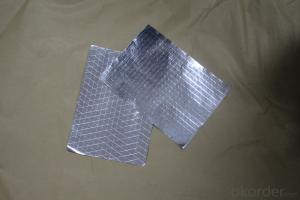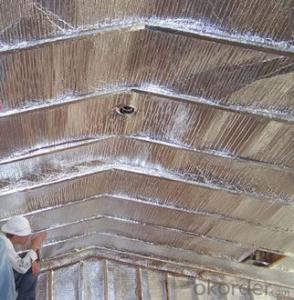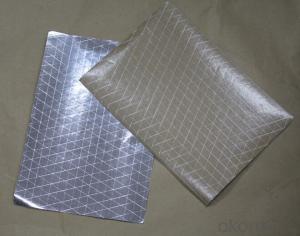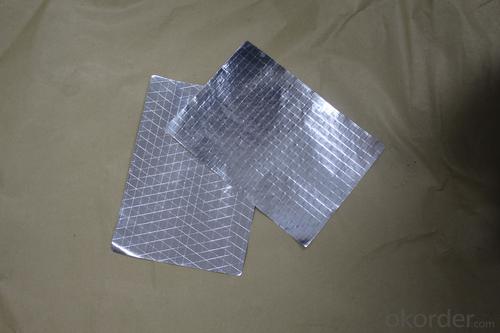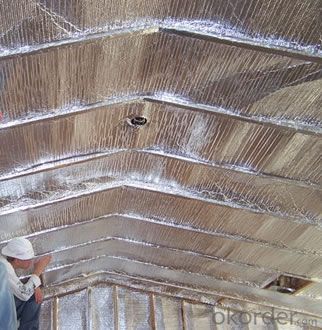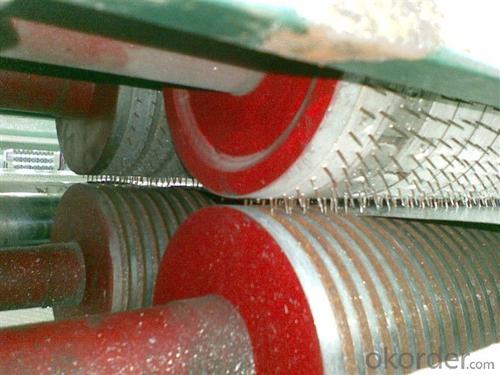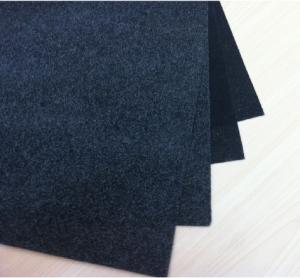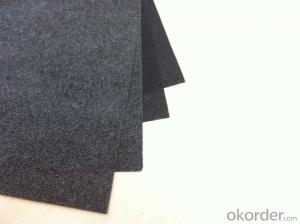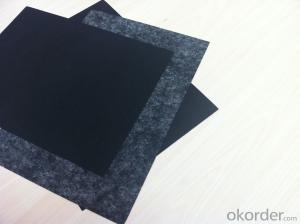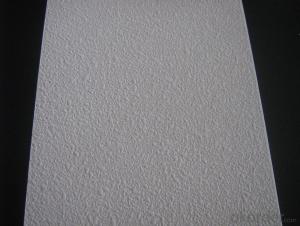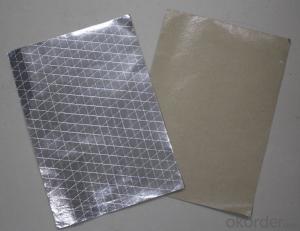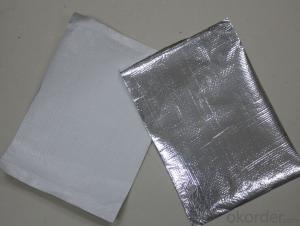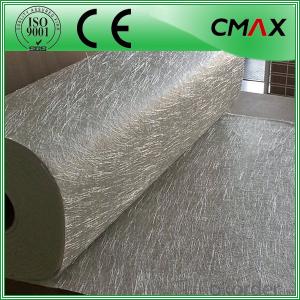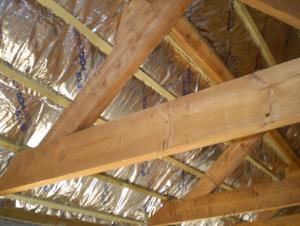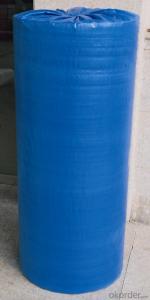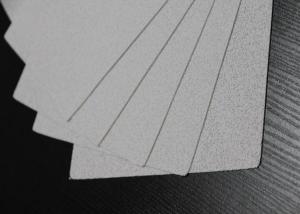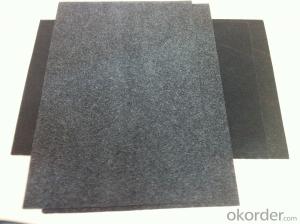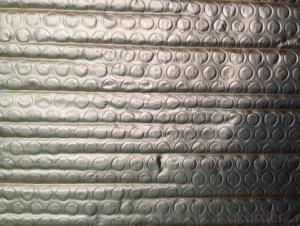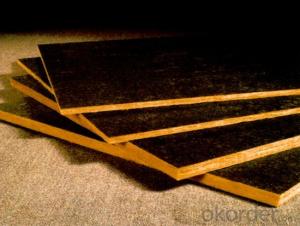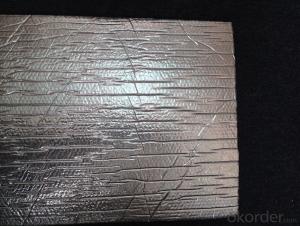Fiberglass Facing Flexible Ducts Bubble Film Glasswool
- Loading Port:
- China Main Port
- Payment Terms:
- TT OR LC
- Min Order Qty:
- -
- Supply Capability:
- -
OKorder Service Pledge
OKorder Financial Service
You Might Also Like
Application:
1,Building Thermal Insulation Material
(1),Roof,Underlay,Under Concrete & floor Insulation;
(2),Attic,Crawl Space,Stud Wall ,Metal Frame Building Insulation.
2,Wrapping
(1),Protective coatings of ventilating pipe,HVAC Duct & Pipe;
(2),Shells of air conditioner and water heater.
Feature:
1), Waterproof, heavy duty, clean, light, flexible, non-absorbent surface
2), Fire resistant & antiglare
3), Recyclable, environmentally friendly
4), Effective in extreme temperatures both hot and cold
5), Easily install, cut, stapled, nailed or glued into place
6), Safe to handle with no special clothing or breathing Equipment
Feature:
1), Waterproof, heavy duty, clean, light, flexible, non-absorbent surface
2), Fire resistant & antiglare
3), Recyclable, environmentally friendly
4), Effective in extreme temperatures both hot and cold
5), Easily install, cut, stapled, nailed or glued into place
6), Safe to handle with no special clothing or breathing Equipment

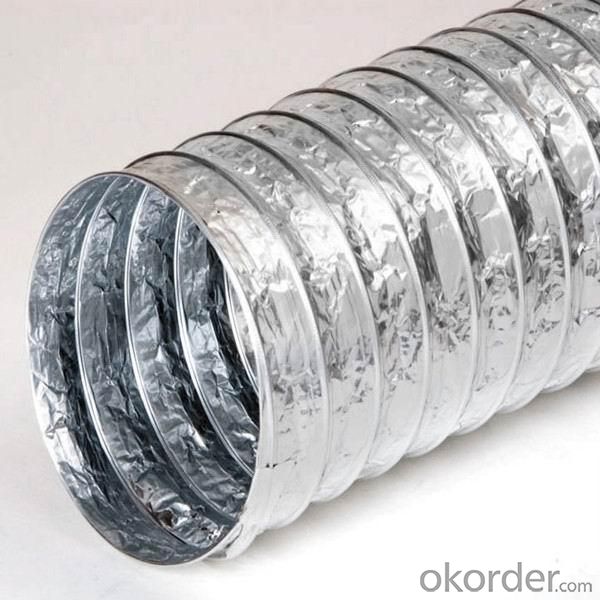


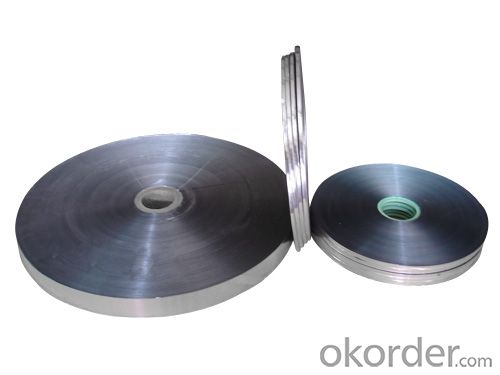


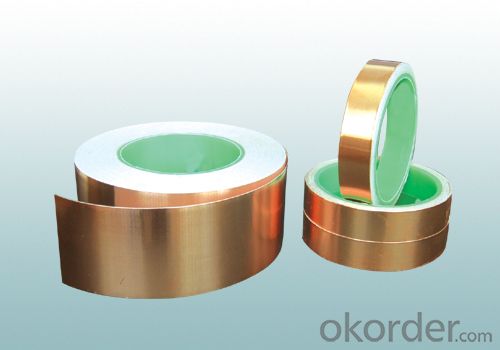
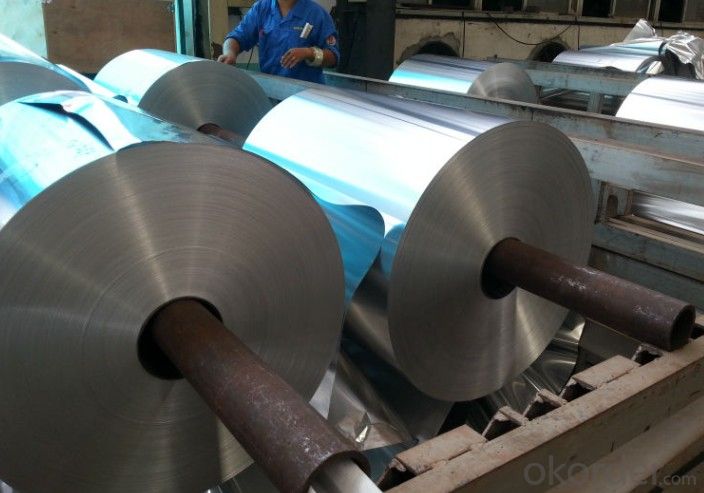

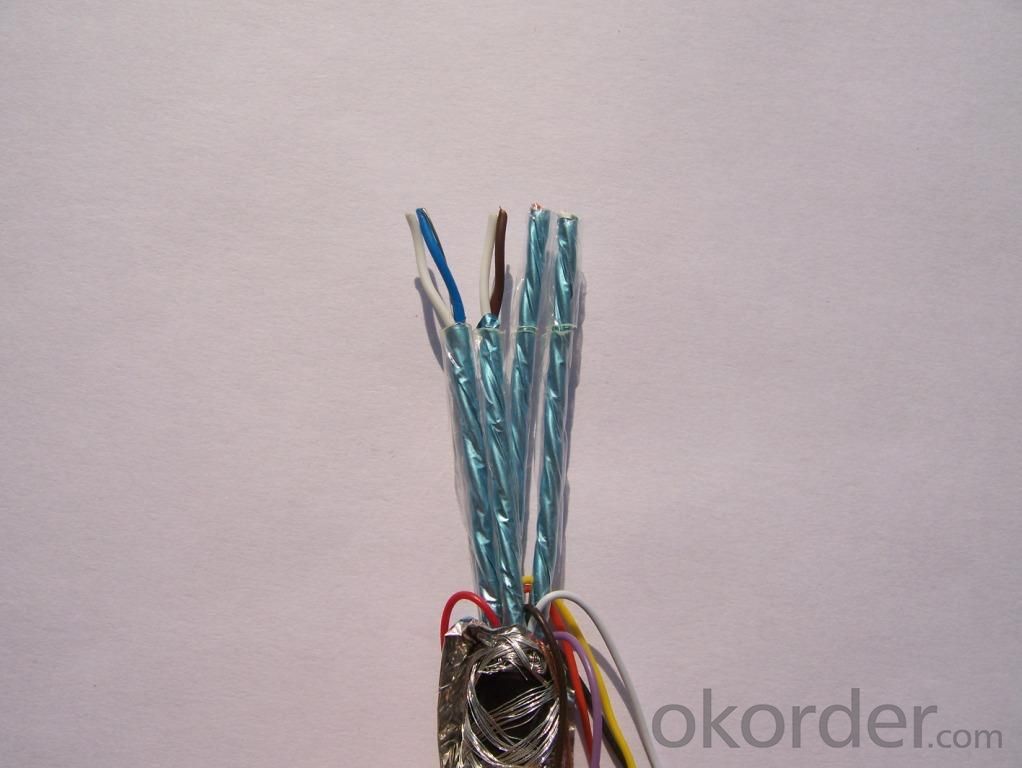
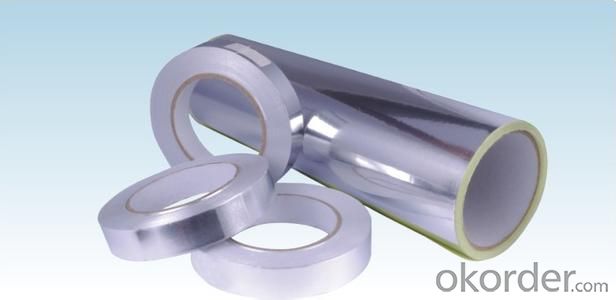
- Q: This question is asking about the distinctions between two types of fiberglass tissues: synthetic and natural. It seeks clarification on their properties and how they differ from each other.
- <p>Synthetic and natural fiberglass tissues differ primarily in their composition and manufacturing process. Synthetic fiberglass tissues are man-made, typically produced from glass fibers that are drawn from molten glass and then woven or matted together. They are known for their strength, durability, and resistance to various environmental factors. Natural fiberglass tissues, on the other hand, are derived from natural sources like minerals or plant fibers that are treated to mimic the properties of glass. They are often valued for their eco-friendliness and biodegradability. While synthetic fibers are more common due to their superior strength and versatility, natural fibers are gaining traction for their sustainability and lower environmental impact.</p>
- Q: Is it possible to use black fiberglass paper for the interior of a car?
- <p>Yes, black fiberglass paper can be used for car interiors. It is a durable and heat-resistant material that can be used for various interior applications such as lining the trunk, under the hood, or as a protective layer on the floor. However, it's important to ensure that the fiberglass paper is of high quality and properly installed to avoid any potential issues with durability or safety. Always follow the manufacturer's guidelines and consider professional installation for best results.</p>
- Q: How does fiberglass facing improve insulation?
- Fiberglass facing improves insulation by providing an additional layer of protection to the insulation material. The facing acts as a barrier, preventing air and moisture from entering or escaping the insulation. This helps to maintain the desired temperature inside the insulated space, as well as preventing the growth of mold or mildew. Additionally, the facing enhances the durability and strength of the insulation, making it more resistant to damage and ensuring its longevity. It also enhances the fire resistance of the insulation, providing an added layer of safety. Overall, the fiberglass facing improves insulation by enhancing its thermal performance, moisture resistance, durability, and safety.
- Q: What are the most effective steps to adhere a black fiberglass tape to a wall or ceiling?
- <p>The best way to install a piece of black fiberglass tape on a wall or ceiling involves preparing the surface, applying the tape, and securing it properly. First, clean the area thoroughly to remove dust and debris. Then, cut the fiberglass tape to the desired length. Apply a high-quality adhesive specifically designed for fiberglass to the back of the tape. Press the tape firmly onto the surface, starting from one end and smoothing it out to remove any air bubbles. Use a putty knife or your fingers to press firmly and evenly. Let the adhesive dry according to the manufacturer's instructions before handling or applying any weight to the tape.</p>
- Q: Is it possible to utilize black fiberglass tissue in the manufacturing of toys or games?
- <p>Yes, black fiberglass tissue can be used for making toys or games, but it's important to consider the material's properties and potential health risks. Fiberglass is a composite material that is strong, lightweight, and resistant to corrosion, making it suitable for certain types of toys or games that require durability. However, it's crucial to ensure that the fiberglass is properly treated and finished to avoid exposure to glass fibers, which can be harmful if inhaled or come into contact with skin. Additionally, it's essential to comply with safety regulations and consider the target audience for the toys or games, as fiberglass may not be appropriate for children's products due to these health concerns.</p>
- Q: This question asks about the impact of black fiberglass tissue on the quality of air inside buildings.
- <p>Black fiberglass tissue, commonly used as insulation, can affect indoor air quality if not properly installed or if it becomes damaged. Fiberglass releases tiny glass fibers into the air, which can be inhaled and cause respiratory irritation, allergies, or even more severe health issues over time. Proper installation and sealing can minimize the release of these fibers. Additionally, ensuring good ventilation in buildings can help reduce the concentration of airborne fibers. It's also important to follow safety guidelines when handling fiberglass to prevent exposure.</p>
- Q: Can I repurpose old black fiberglass tissues for cleaning purposes?
- <p>Yes, you can use your old black fiberglass tissues to make cleaning cloths or wipes. Fiberglass tissues are durable and can effectively pick up dirt and grime. However, it's important to ensure that the tissues are clean and free from any contaminants before repurposing. Cut them into desired sizes and use them for general cleaning tasks. Be cautious with the edges as fiberglass can be sharp. Always handle with care and consider wearing gloves to avoid irritation or injury.</p>
- Q: Is it possible to utilize black fiberglass tissue as an insulating material in construction?
- <p>Yes, black fiberglass tissue can be used for building insulation. It is a type of insulation material known for its thermal and acoustic insulation properties. Black fiberglass is made from glass fibers and is often used in construction for insulating walls, roofs, and floors. It helps to reduce heat transfer, thereby improving energy efficiency and comfort within the building. However, it's important to note that proper installation and safety precautions are necessary due to the potential health risks associated with fiberglass, such as skin and respiratory irritation.</p>
- Q: Is it possible to use black fiberglass tissue to clean oil stains?
- <p>Yes, black fiberglass tissue can be used for wiping oil stains. It is a non-conductive material that can effectively absorb and remove oil. However, it's important to use it with caution as the rough texture of fiberglass can potentially scratch surfaces. Additionally, it's recommended to wear protective gloves while using fiberglass tissue to avoid skin irritation. Always check the manufacturer's guidelines for the specific product to ensure it's suitable for the task at hand.</p>
- Q: Is it possible to utilize black fiberglass tissue as an insulating material?
- <p>Yes, black fiberglass tissue can be used for insulation. It is a type of fiberglass fabric that is often coated with a black resin to provide UV protection and increased durability. This material is known for its excellent thermal insulation properties, which can help in reducing heat transfer and maintaining a comfortable temperature within a structure. It is commonly used in various applications such as in the construction of buildings, in HVAC systems, and in industrial settings where heat management is crucial.</p>
Send your message to us
Fiberglass Facing Flexible Ducts Bubble Film Glasswool
- Loading Port:
- China Main Port
- Payment Terms:
- TT OR LC
- Min Order Qty:
- -
- Supply Capability:
- -
OKorder Service Pledge
OKorder Financial Service
Similar products
Hot products
Hot Searches
Related keywords
